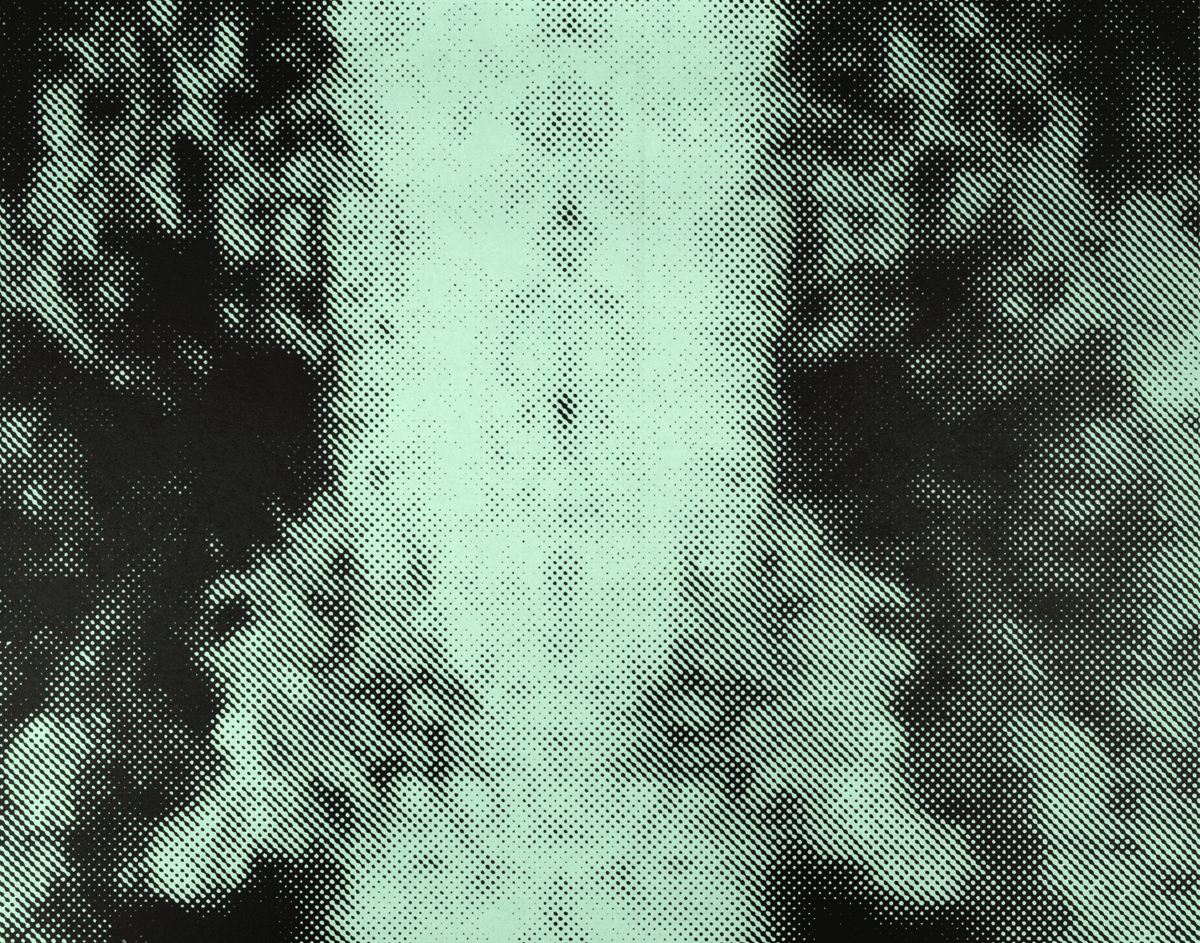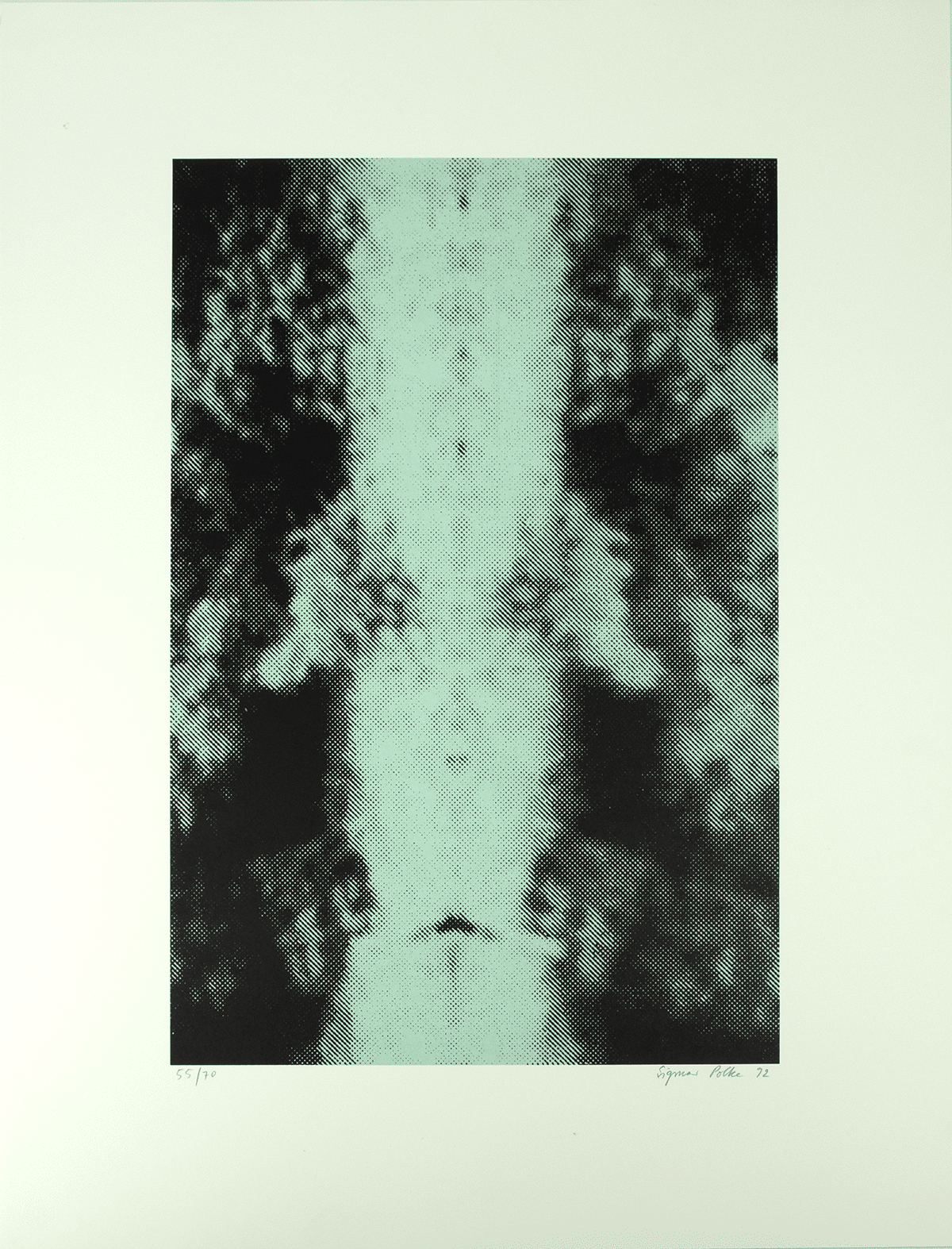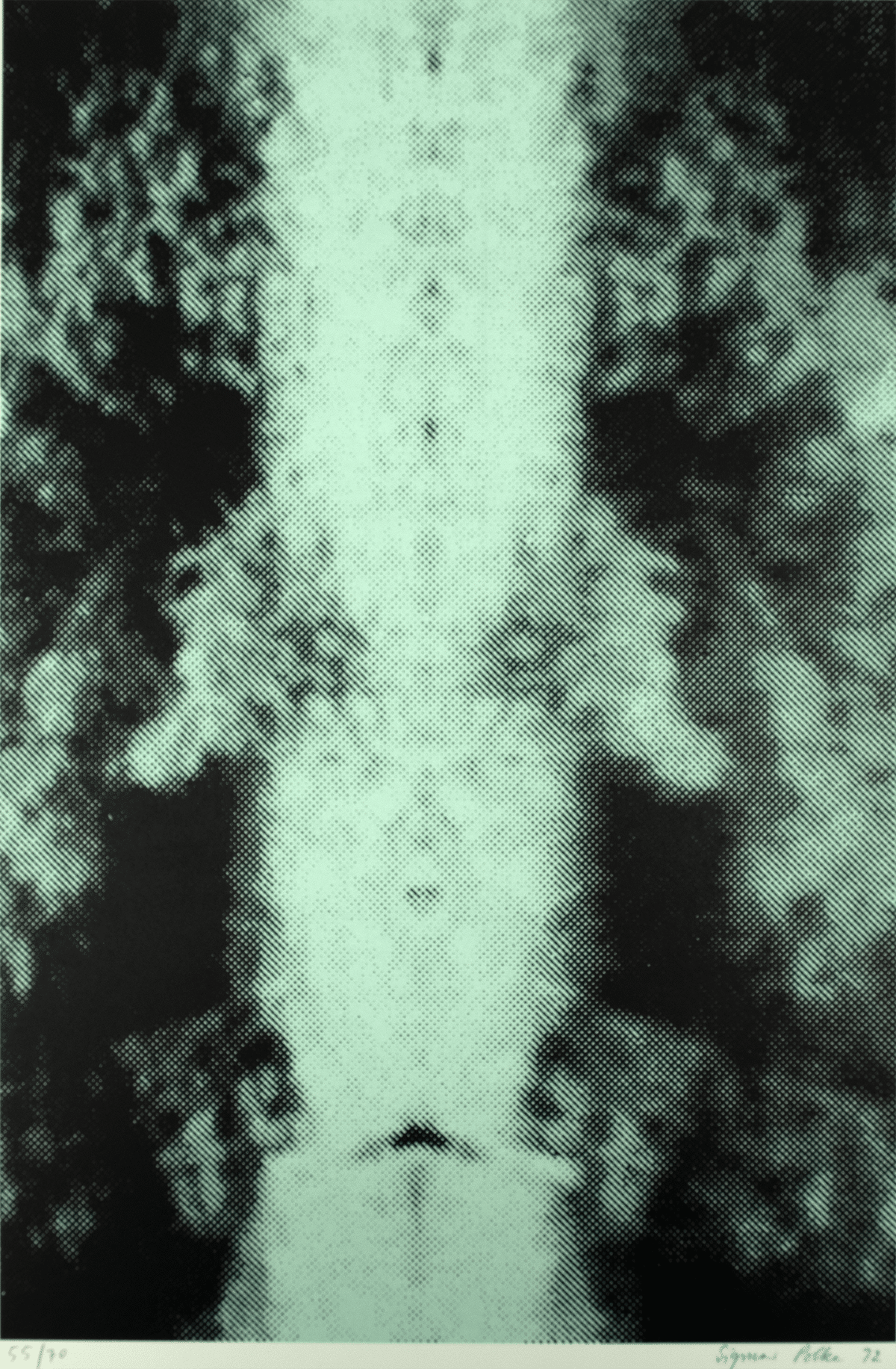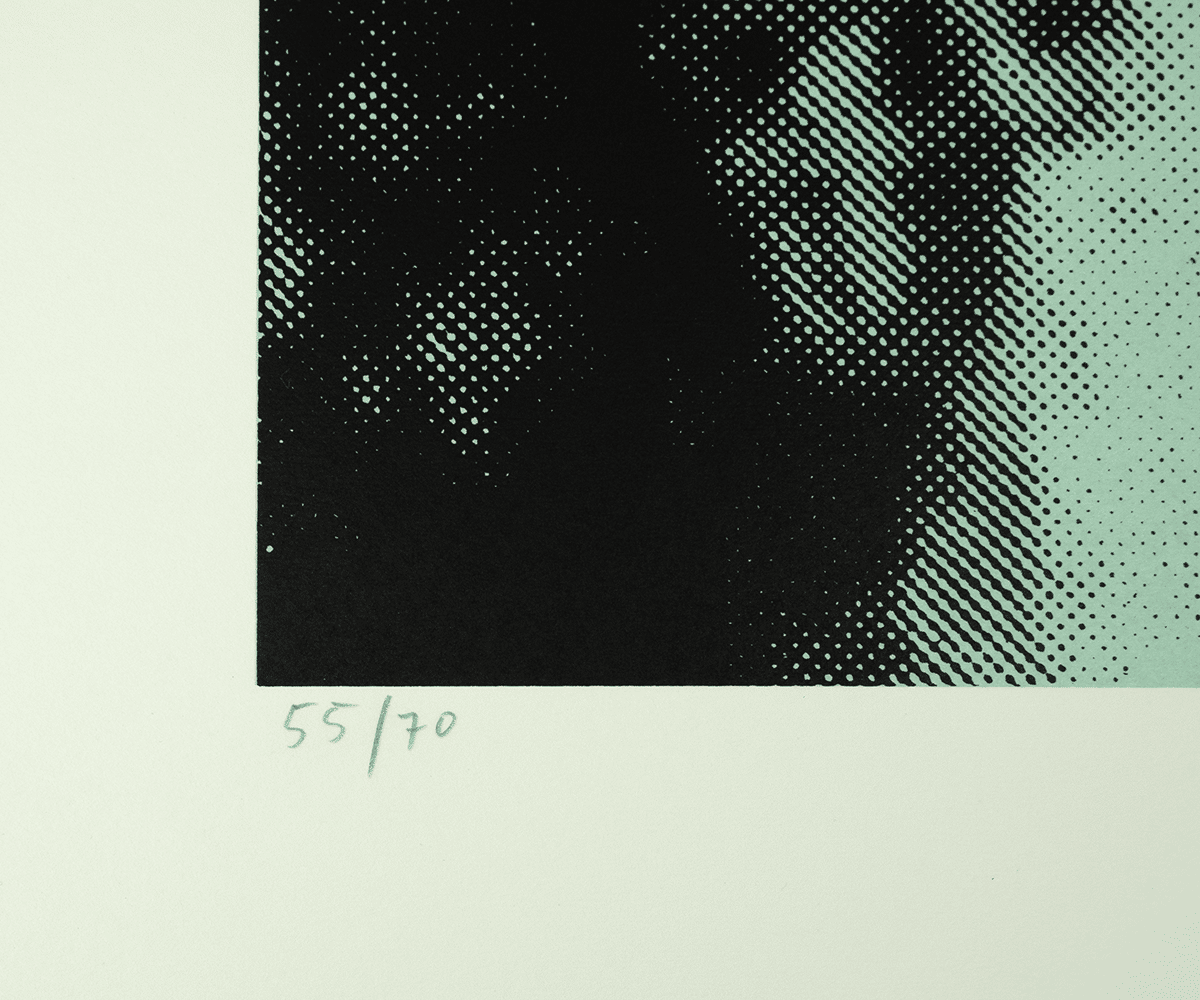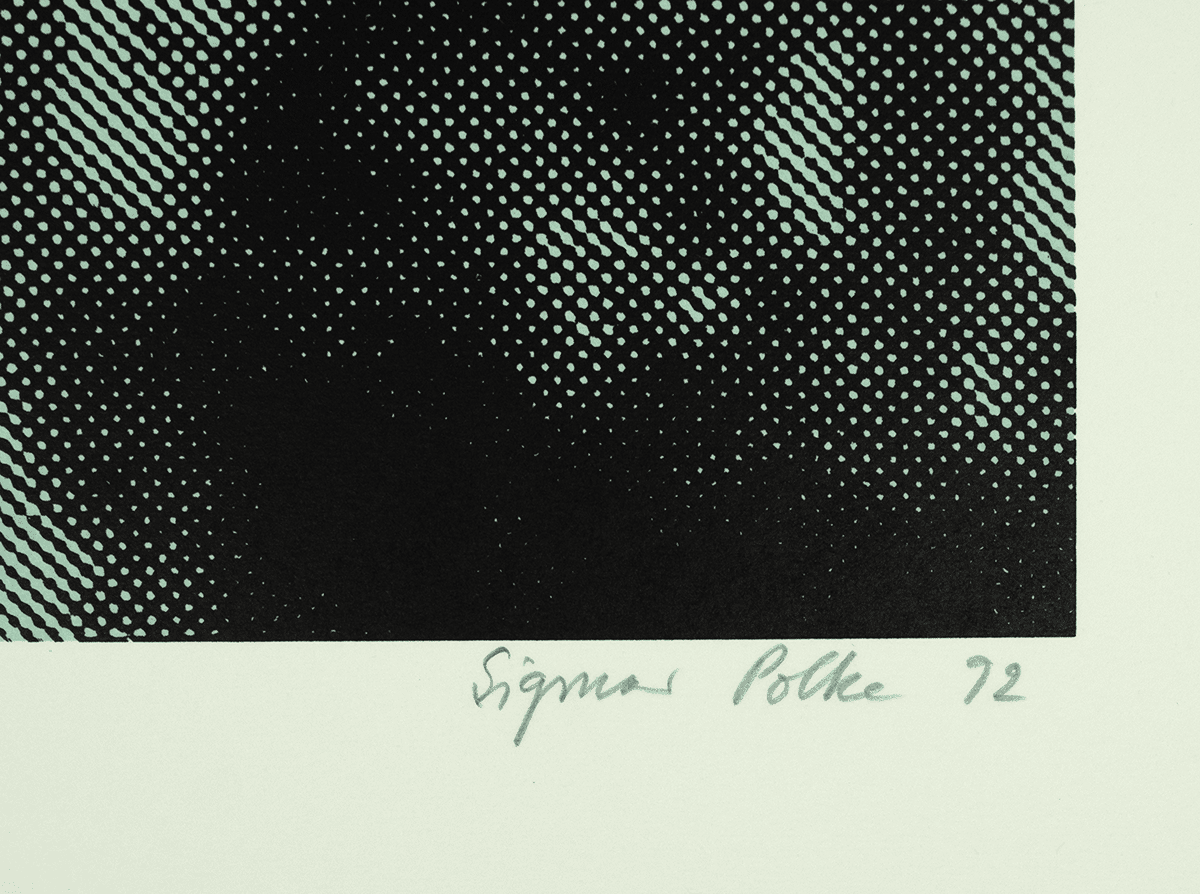Screenprint published by Galerie Erhard Klein, Bonn. 1992. 55/70. Signed r.o. Dimensions image ca 37*55 cm (sheet ca 58*76 cm). Described in the catalogue raisonné Sigmar Polke - Editioned Works 1963-2000 by Becker and von der Osten.
Back to offer overview
Biography
Sigmar Polke (1941-2010) – Fernsehbild (Kicker) I grau Polke was born in 1941 in Oels, Silesia, former Prussia. In 1945 his family is expelled to Thuringia, in 1953 they fled from the GDR and eventually end up in Düsseldorf. Polke apprenticed as a glass painter in 1959, and in 1961 he began his studies at the Düsseldorf Art Academy, which he completed in 1967. Polke, like many other art students, sets himself apart from the established art movements, resulting in a lack of traditional exhibition opportunities. In 1963 Polke, along with Gerhard Richter, Konrad and Manfred Kuttner, rented a space in Düsseldorf where the first exhibition was organized in May. Richter wrote a news release for this exhibition declaring that paintings characterized by the terms “Pop Art, Junk Culture, Imperialist or Capitalist Realism, New Objectivity, Naturalism, German Pop” would be presented. The movement is known as Capitalist Realism; an ironic allusion to the Socialist Realism of the GDR. The artists saw themselves as the German answer to American Pop Art. Polke worked in the 1960s in the sense of this Pop-Art, popular art. He worked with mass-produced everyday objects, applying appropriate backgrounds such as wallpaper or popular fabrics. Polke used many techniques in his career; painting, printmaking, sculpture, photography, and collage. The works contain humorous and ironic commentary on the German middle class. He shows everyday objects in his work and using various printing processes he enlarges images from magazines and newspapers while also commenting on commercial expressions. His work was shown at the Documenta exhibitions in Kassel: Documenta 5 in 1972, Documenta 6 in 1977 and Documenta 7 in 1982 and in many international exhibitions.

